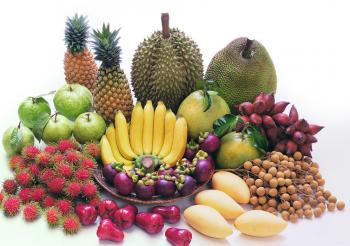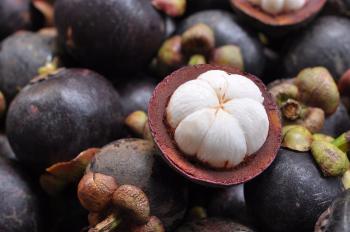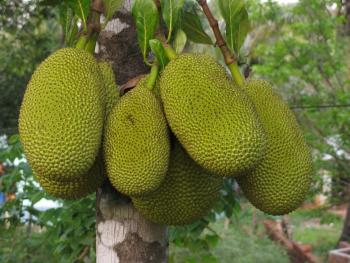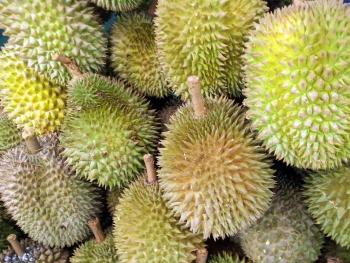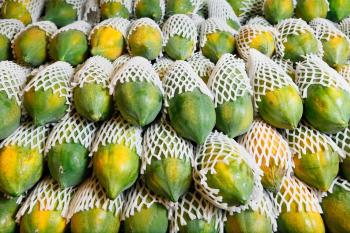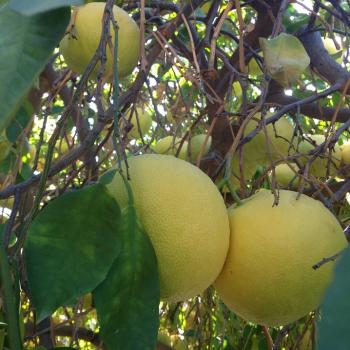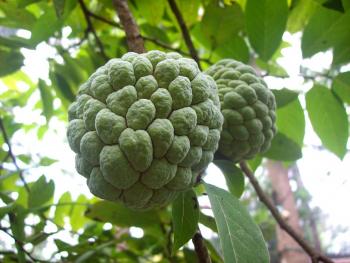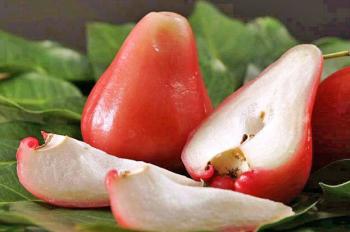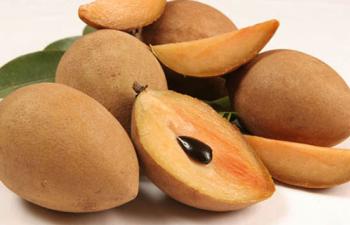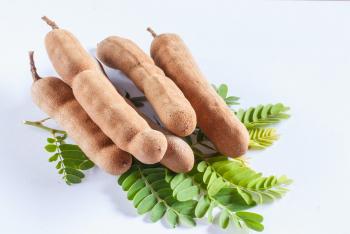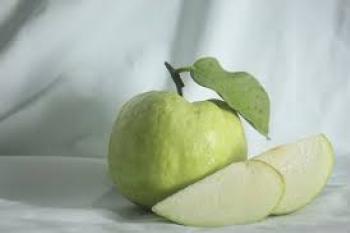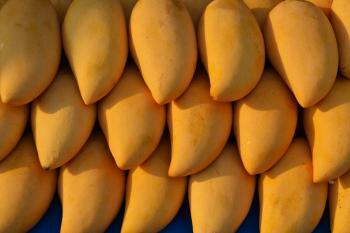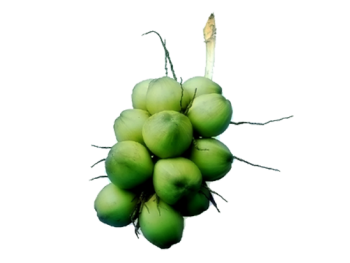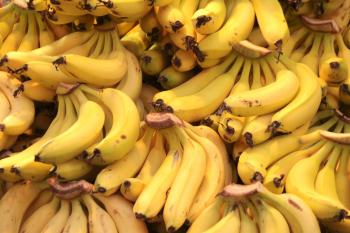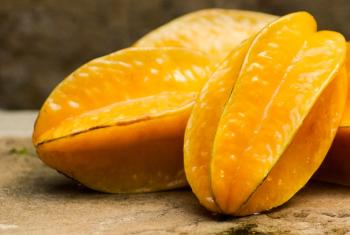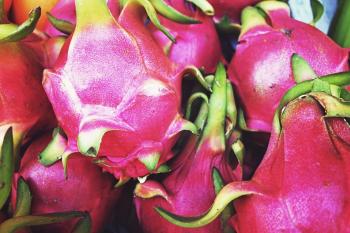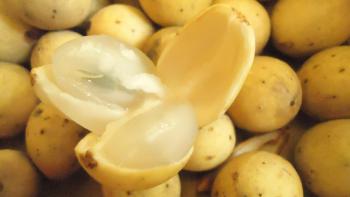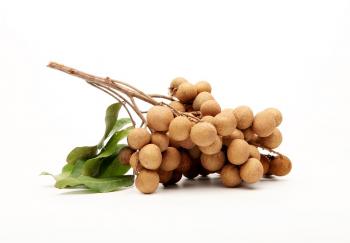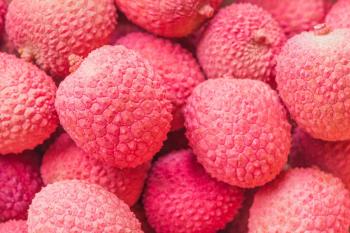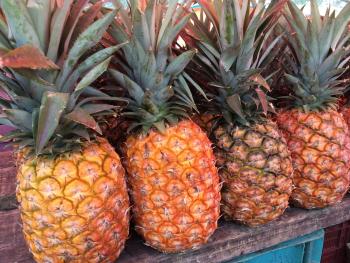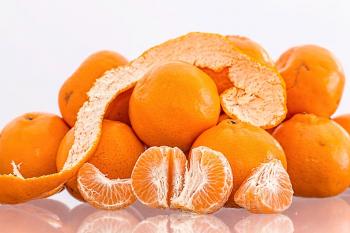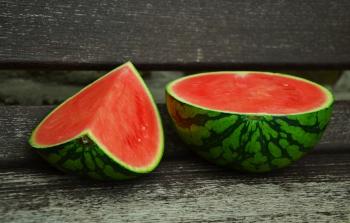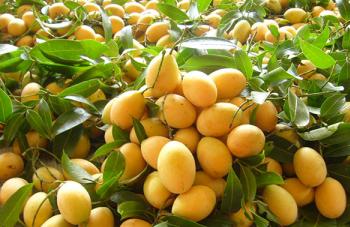Amazing Thai Fruits
อัพเดทเมื่อ : 01 ธันวาคม 2566
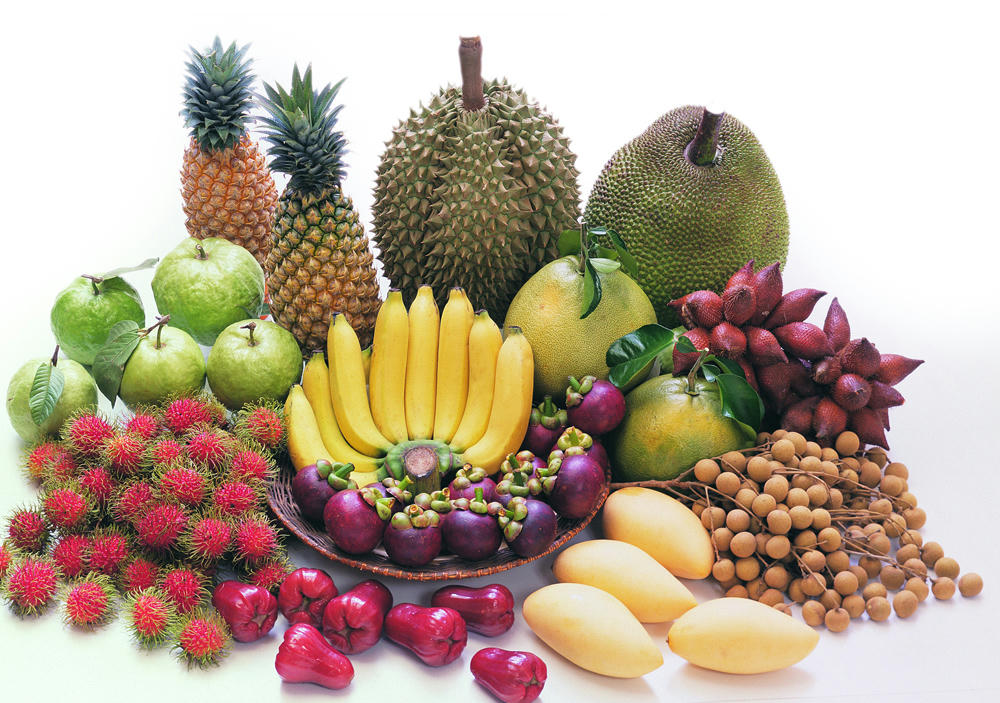 您有没有想过为什么泰国人看起来如此健康?一个答案可能是因为他们吃的水果种类繁多。
您有没有想过为什么泰国人看起来如此健康?一个答案可能是因为他们吃的水果种类繁多。
事实上,去苏梅岛只吃你知道的水果有点像去法国只喝巴黎水。正如法国人成为了葡萄园的主人一样,泰国人也成为了种植各种令人惊叹的水果的专家,这些水果只能在欧洲高档商店的昂贵农产品区找到。
因此,强烈建议来苏梅岛的游客全心全意地品尝当地特产。因此,与其吃一片菠萝,不如尝试吃美味的山竹,或者吃一些木瓜而不是西瓜。尝试用新鲜的椰子代替碳酸可乐,或者尝尝榴莲或菠萝蜜,而不是吃普通的香蕉。一些医生甚至声称新鲜椰奶就像鱼一样可以滋养大脑,而榴莲是众所周知的世界上最有营养的水果之一。还有红毛丹、柚子、番荔枝、玫瑰果、人心果、罗望子、番石榴、芒果……,根据季节的不同,名单还会不断增加。
简而言之,泰国和苏梅岛拥有令人惊叹的美味水果。
在所有不同种类的泰国水果中,最特殊的可能是山竹(见照片)。在厚厚的深紫色果皮下面是一簇多节的嫩白色水果,在你的舌头上融化。山竹的季节是四月到九月。
五月,山竹上市一个月后,看起来好奇的红毛丹也加入了竞争。这种红色的水果覆盖着数十根绿色的卷须,里面是一大块椭圆形的清凉的白色多汁水果。
菠萝蜜是泰国最大的水果,与红毛丹同季。当从巨大的外壳中取出时,这种味道浓郁的水果看起来就像小袋金子。
Another Thai fruit known for its size - but more so for its smell - is Durian and this comes into season from May to July. On Samui it is difficult to escape durian as the mountains are rife with durian orchards and the island has already gained a reputation for growing some of the best durian in the country. The fruit is extremely rich and nutritious although it should not be consumed with alcohol as this causes the body to dangerously overheat.
Papaya is another fruit with a curious taste and most people squeeze a bit of lime over it to help counter the bitter flavour. Known in Thai as malagar, papaya contains lots of vitamin C and is easily identified by its dark-green skin and its deep-orange flesh. Papaya is also a good food to help settle an upset stomach because it contains a natural digestive enzyme.
Pomelo (som-oh) is also available throughout the year and resembles a grapefruit in both looks and flavour. The skin of the pomelo is so thick that about half the weight of the fruit is discarded by the time the inside fruit is reached. This fruit, like a grapefruit, is made up of hundreds of individual capsules bursting with a juicy vibrant flavour. Som-oh is found in many Thai salads most notably those from northern Thailand.
Noi na or custard apple practically grows wild on Ko Samui. The bulbous skin of the apple is easily broken open to reveal a creamy white inside fruit concealing numerous black pips. The flavour is a cross between pineapple and fresh strawberries.
Chom-phoo or rose apple is a succulent and crisp fruit and is eaten in much the same way as a regular apple. The fruit gets its name from the delicate rose fragrance that emerges when eaten. Originally from India, the rose apple always has three seeds inside.
La-mood or sapodilla has earned a special place in the hearts of most Thais and the rich, dense fruit tastes like brown sugar and figs.
Ma-karm or tamarind is another Thai favorite. It looks like an overgrown green bean and is usually used to make delicious sauces.
Farang or guava is best eaten when young. The locals jazz this fruit up by dipping it into a sugar and red chilli mix. Its eaten skin and all.
Mamuang或青芒果类似于肾形的桃子。成熟和未成熟的芒果的味道有很大不同,未成熟的芒果味道很苦,而成熟的芒果的味道介于杏子和菠萝之间。成熟的芒果可以在泰国最著名的餐后小吃之一——芒果糯米中找到!?
Ma Phrao或椰子。许多人认为苏梅岛的意思是椰子岛,这很容易理解,因为该岛实际上覆盖着数十万棵椰子树,创造了“出口”。每月销售超过 2,000,000 个椰子。椰子大约需要六个月才能成熟。绿色椰子含有甜美、清爽的水状液体和一层薄薄的果冻状美味椰子皮。
Ma Phrao或椰子。许多人认为苏梅岛的意思是椰子岛,这很容易理解,因为该岛实际上覆盖着数十万棵椰子树,创造了“出口”。每月销售超过 2,000,000 个椰子。椰子大约需要六个月才能成熟。绿色椰子含有甜美、清爽的水状液体和一层薄薄的果冻状美味椰子皮。
根据季节的不同,岛上还有许多其他熟悉和不熟悉的水果。不要害怕做一些实验,请记住,泰国人对他们的水果感到自豪,如果您需要了解任何信息,他们总是会帮助您。


